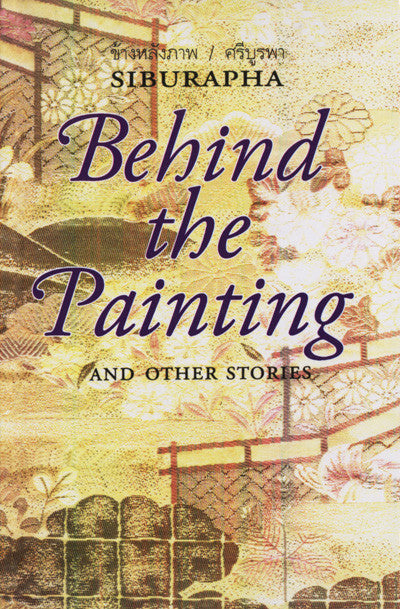By Siburapha
Translated from the Thai and introduced by David Smyth
160 pp. 2000, 13 x 20 cm. Paperback
Behind the Painting is the story of Nopphon, a Thai student studying in Japan, who becomes infatuated with the lovely Mom Ratchawong Kirati, an older Thai woman visiting the country with her husband. Their intimacy grows, and by the time the older couple returns to Thailand, Nopphon can barely contain his feelings for her. The novel reflects postwar Thai society in the vanity of the aristocracy and the pragmatism of the new elite; in the social more of concealing one’s true feelings; and in the restricted existence of unmarried women and the resulting pressure to marry, whatever the circumstance. Paralleling these Thai cultural themes are the universal themes of the fear of aging and the vagaries of love.
This volume brings together Siburapha’s most highly acclaimed novel, Behind the Painting, with three short stories highlighting the plight of the underclass: “Those Kind of People,” “Lend Us a Hand,” and “The Awakening.”
About the author
SIBURAPHA (pseud. Kulap Saipradit, 1905–1974) has enjoyed a chequered reputation in the Thai literary world. A popular and accomplished writer of romantic novels in the late 1920s, his later work tackled themes of social injustice and inequality. Imprisoned from 1952 to 1957, Siburapha subsequently sought asylum in China, where he remained for the rest of his life.
Contents
Introduction
Behind the Painting
Those Kind of People
Lend Us a Hand
The Awakening
Glossary













